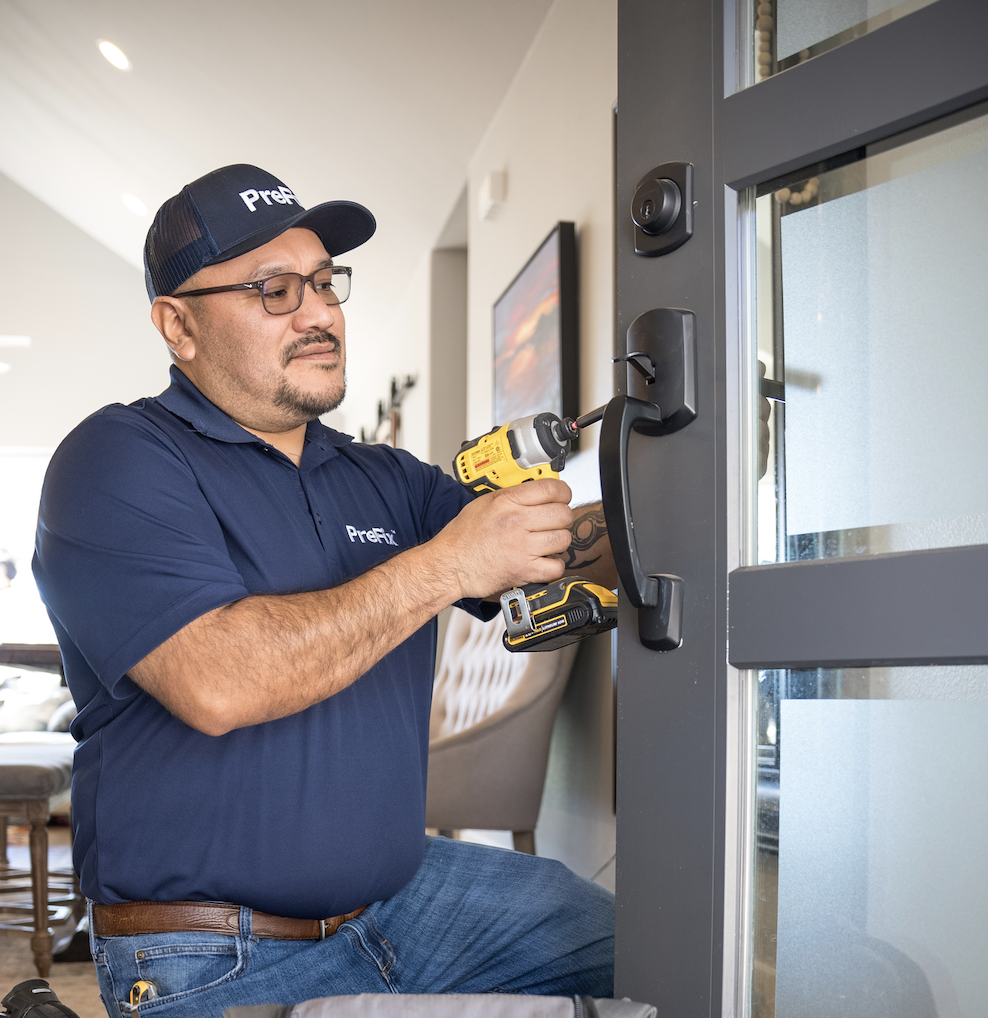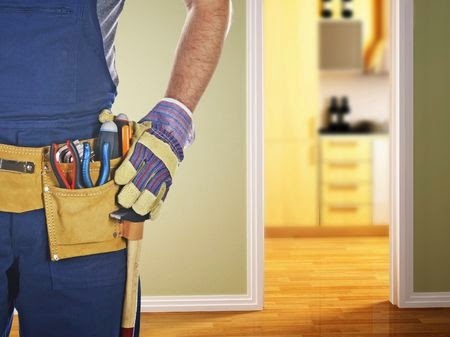On this page on the next paragraphs you can discover a good deal of amazing resources in regards to How to Handle Plumbing Issues in Rental Properties.

Taking care of pipes concerns in rental buildings successfully is critical for keeping lessee satisfaction and maintaining the property's worth. Whether you're a proprietor or a property supervisor, recognizing just how to attend to these typical problems can save you money and time while making certain conformity with lawful duties. Right here's a step-by-step guide on just how to take care of pipes issues in rental residential or commercial properties.
Document Every little thing
Maintain comprehensive records of all reported pipes problems and the activities required to settle them. Documentation should include dates, summaries of the trouble, interaction with lessees, and invoices from contractors or plumbings. This information can be important for insurance coverage cases, tax obligation reductions, and legal security.
Use Qualified Professionals
Always utilize certified and insured experts for considerable plumbing repair work and setups. This makes sure that the job is up to code and can assist prevent liability issues in case of accidents or further damages. It additionally comforts lessees that repair services are being managed skillfully.
Develop Clear Communication
Urge renters to report any kind of plumbing problems as soon as they occur. Provide multiple communication channels such as phone, e-mail, or an occupant website to make it easy for them to connect. Motivate actions to these reports can prevent small issues from intensifying into major troubles.
Inform Renters
Educate your lessees regarding what constitutes a pipes emergency situation and what does not. Offer guidelines on how to take care of small issues themselves, such as making use of a bettor to unclog a commode. Likewise, inform them concerning what they ought to avoid taking down drains to stop blockages, such as grease, coffee grounds, and non-biodegradable items.
Routine Upkeep
Execute a routine upkeep routine for all pipes systems in your leasing homes. Regular checks can assist identify and settle concerns like leaks, slow-moving drains pipes, or corroded pipes before they become significant. Consider working with a professional plumber to examine the homes every year or semi-annually.
Quick Action to Emergency Situations
Have a strategy in position for reacting to plumbing emergency situations. This should include having the call information of trustworthy pipes solutions that provide 24/7 emergency situation fixings. Quick action is vital to lessen damages in situations like ruptured pipes or serious leakages.
Preventive Upgrades
Think about updating older pipes systems and components to much more contemporary, reliable models. This can lower the frequency and seriousness of pipes concerns and reduced long-term maintenance expenses. It's additionally a marketing point for potential renters that value upgrades and modern-day attributes.
Tenant Move-Out Inspections
Conduct extensive pipes checks throughout move-out examinations to guarantee that any type of problems are recognized and dealt with prior to a brand-new occupant relocate. This protects against disputes with new renters over pre-existing conditions and guarantees the residential property remains in leading problem.
Understand Lawful Duties
Recognize your lawful duties pertaining to pipes and basic building upkeep. The majority of jurisdictions require landlords to ensure their residential or commercial properties are habitable and that all pipes systems remain in good working order. Failing to attend to severe problems quickly can result in legal actions from tenants.
Lessee Repayments
If a pipes problem requires immediate focus and the occupant solves the problem by themselves, have a clear policy in place for reimbursing prices. Make sure renters know they should get previous approval for higher-cost repairs unless it's an outright emergency situation.
Final thought
Handling pipes problems in rental homes requires an aggressive technique and good interaction with occupants. By staying on top of maintenance, responding without delay to emergencies, and utilizing qualified specialists, property owners can keep their buildings in outstanding problem and preserve good connections with tenants.
How to Handle Water Damage in a Rental Property
What is Water Damage?
Water damage is harm or destruction caused by water entering areas where it is not supposed to be. It can be caused by a variety of sources and can manifest in different ways. The most common examples of water damage include:
- Leaking roof
- Plumbing leaks
- Appliance malfunctions
- Poor drainage
- Flooding
- Sewage backup
- Condensation
- Tenant negligence
- HVAC system issues
- Frozen pipes
Is water damage dangerous?
Water damage itself is not inherently dangerous, but it can lead to various hazards and health risks if not promptly and properly addressed. The severity of these risks depends on the extent of the water damage, the source of the water, and how quickly it is mitigated.
Some potential dangers associated with water damage include structural damage, mold and bacterial growth, electrical hazards, water contamination, and pest infestations. In situations where mold and mildew have gone unaddressed, mold can start to develop within 24-48 hours of water exposure, and this can impose a serious health risk to tenants. In particular, mold spores and damp conditions can lead to respiratory issues and even make existing health problems worse, such as allergies, asthma, or immune disorders.
Water Damage in an Apartment - Who is Responsible?
- If the water damage is caused by the tenant’s negligence, the tenant is responsible for the cost of repairs.
- If the water damage is caused by a defect in the property, the landlord is responsible for the cost of repairs.
- If the water damage is a result of natural causes, such as excessive rain, then the landlord is responsible, since the water intrusion likely occurred due to a defect in the property.
Landlord Responsibility water damage in rental property
Since maintaining habitability is the landlord’s legal responsibility, landlords are responsible for any resulting structural damage caused by water damage. These structural damages may include damage to walls, roofs, ceilings, and flooring. If water damage has affected the rental property’s original structure, the landlord is responsible for repairing or replacing those materials. Therefore, landlords should have property insurance that covers the structural components of their rental property so that they can receive help with the costs of covered events.
Preventative measures can also help landlords avoid massive renovations. Preventative maintenance may include conducting regular inspections to identify and address potential water damage before it becomes a major and urgent problem.
If a landlord fails to meet their responsibilities regarding water damage, it can lead to legal disputes and potential liability. Tenants who believe their landlord is not addressing water damage issues in accordance with California law can seek legal advice or contact local housing authorities for assistance.
https://www.goodlifemgmt.com/blog/water-damage-in-a-rental-property/

I was shown that write-up on Plumbing Maintenance and Repair in your Rental Property through an acquaintance on our other domain. Those who liked our page kindly do not forget to pass it around. Kudos for being here. Please check up our website back soon.
Comments on “Dealing with Plumbing Issues in Rental Properties: An Essential Guide”